Governments and public health institutions have repeatedly used misleading studies to justify mass vaccination programs. These studies often rely on statistical manipulation, selective data reporting, and misleading conclusions to promote vaccines while downplaying risks. Below are 10 examples of vaccine studies that were used as official justification for mandates but, upon closer inspection, were deeply flawed.
- The 1955 Polio Vaccine Trials (Jonas Salk Trials)
What They Claimed: The Salk polio vaccine was proven effective in a large clinical trial, leading to its widespread adoption.
The Reality: The trial selectively counted polio cases and used manipulative statistical framing.
Red Flags:
🚩 Placebo recipients were from different demographics than vaccine recipients.
🚩 Trial design changed mid-study to exclude vaccinated individuals who contracted polio.
🚩 The definition of polio changed after the vaccine was introduced, artificially lowering reported cases.
- The 2004 MMR Vaccine & Autism Study (Pediatrics, CDC-Funded)
What They Claimed: No link was found between the MMR vaccine and autism.
The Reality: Data was deliberately manipulated to hide risk increases in African-American boys.
Red Flags:
🚩 Original data showed a 3x increased risk of autism in African-American boys but was omitted.
🚩 Lead CDC scientist, Dr. William Thompson, later admitted to falsifying data.
🚩 Key findings that contradicted the “safe and effective” narrative were buried.
- The HPV Vaccine Trials (Gardasil, Merck, 2006 FDA Review)
What They Claimed: The HPV vaccine prevents cervical cancer.
The Reality: The trials never measured cervical cancer prevention, only minor cellular changes.
Red Flags:
🚩 Study endpoints were based on “precancerous lesions,” not actual cancer rates.
🚩 Trial participants included a disproportionately low number of young girls, the main target group.
🚩 Women who already had HPV before vaccination had a higher risk of cancer post-vaccine.
- The Dengue Vaccine (Dengvaxia) Trials (Sanofi, WHO, 2015)
What They Claimed: The vaccine was highly effective against severe dengue fever.
The Reality: It later caused severe dengue and deaths in vaccinated children.
Red Flags:
🚩 The trial data failed to disclose that vaccinated individuals who had never been previously exposed to dengue were at higher risk of severe disease.
🚩 Government officials later admitted withholding concerns before rolling out the vaccine.
🚩 Over 600 children in the Philippines died as a direct result of vaccine-enhanced disease.
- The 1976 Swine Flu Vaccine Study (CDC, 1976)
What They Claimed: The vaccine was urgently needed to prevent a pandemic.
The Reality: The swine flu pandemic never materialized, but the vaccine caused widespread harm.
Red Flags:
🚩 The swine flu outbreak was minimal, yet mass vaccination was promoted aggressively.
🚩 The vaccine caused hundreds of cases of Guillain-Barré syndrome (GBS), a severe neurological condition.
🚩 After widespread adverse events, the program was abruptly stopped, but not before damage was done.
- The Pfizer COVID-19 Vaccine Trials (NEJM, 2020)
What They Claimed: The vaccine was 95% effective in preventing COVID-19.
The Reality: The study used relative risk reduction while hiding absolute risk reduction, and long-term effects were not studied.
Red Flags:
🚩 Absolute risk reduction was only 0.7%, meaning nearly no individual benefit.
🚩 Severe adverse events were not properly reported, including myocarditis and clotting disorders.
🚩 The placebo group was eliminated after emergency use approval, preventing long-term safety tracking.
- The CDC Study on Flu Shots in the Elderly (JAMA, 2018)
What They Claimed: Flu shots reduce hospitalizations and deaths in the elderly.
The Reality: The study failed to adjust for healthy user bias, making the vaccine appear more effective than it was.
Red Flags:
🚩 People who get flu shots are typically healthier to begin with, skewing data.
🚩 No randomized controlled trial (RCT) has ever proven flu shots reduce mortality in the elderly.
🚩 Study ignored prior research showing flu shots paradoxically increased susceptibility to other infections.
- The Rotavirus Vaccine Trials (RotaTeq, GlaxoSmithKline, 2006)
What They Claimed: The vaccine prevented severe diarrhea in infants.
The Reality: The vaccine increased the risk of intussusception (a fatal intestinal condition) in infants.
Red Flags:
🚩 Initial studies showed an increase in intussusception but were dismissed.
🚩 Post-market surveillance later confirmed the vaccine was causing severe complications.
🚩 Despite clear risks, the vaccine was not removed from the market, and instead, “risk-benefit” justifications were used.
- The 1991 Hepatitis B Vaccine for Newborns (CDC)
What They Claimed: The vaccine was necessary to protect newborns from hepatitis B.
The Reality: Hepatitis B is a sexually transmitted disease with no risk to newborns unless the mother is infected.
Red Flags:
🚩 Newborns have immature immune systems, making early vaccination ineffective.
🚩 There was no medical justification for giving this vaccine to all newborns, yet it became mandatory.
🚩 This vaccine has been linked to increased risk of autoimmune disorders in childhood.
- The Measles Vaccine Effectiveness Studies (WHO, 2019)
What They Claimed: Measles outbreaks were due to unvaccinated populations.
The Reality: Many outbreaks occurred in highly vaccinated populations, yet the failures were ignored.
Red Flags:
🚩 During measles outbreaks, many of the infected individuals were fully vaccinated.
🚩 Instead of acknowledging vaccine failure, public health agencies blamed “anti-vaxxers.”
🚩 Data manipulation was used to count only unvaccinated cases while ignoring vaccinated individuals who still got measles.
Key Takeaways: How to Detect Misleading Vaccine Studies
- Relative vs. Absolute Risk Manipulation → Always check absolute risk reduction (ARR), not just percentages.
- Cherry-Picked Endpoints → Studies often change what they measure mid-trial to avoid unfavorable results.
- Excluding Negative Outcomes → Look for how many participants dropped out or were removed.
- Healthy User Bias → Many vaccine studies fail to adjust for lifestyle differences.
- Short Follow-Up Periods → Long-term effects cannot be studied in trials that last only a few months.
- Conflicts of Interest → Who funded the study? Who benefits from the findings?
Every time a government or agency claims a vaccine is “proven safe and effective”, we should scrutinize the data carefully—because history has shown that these claims often fall apart under closer analysis.



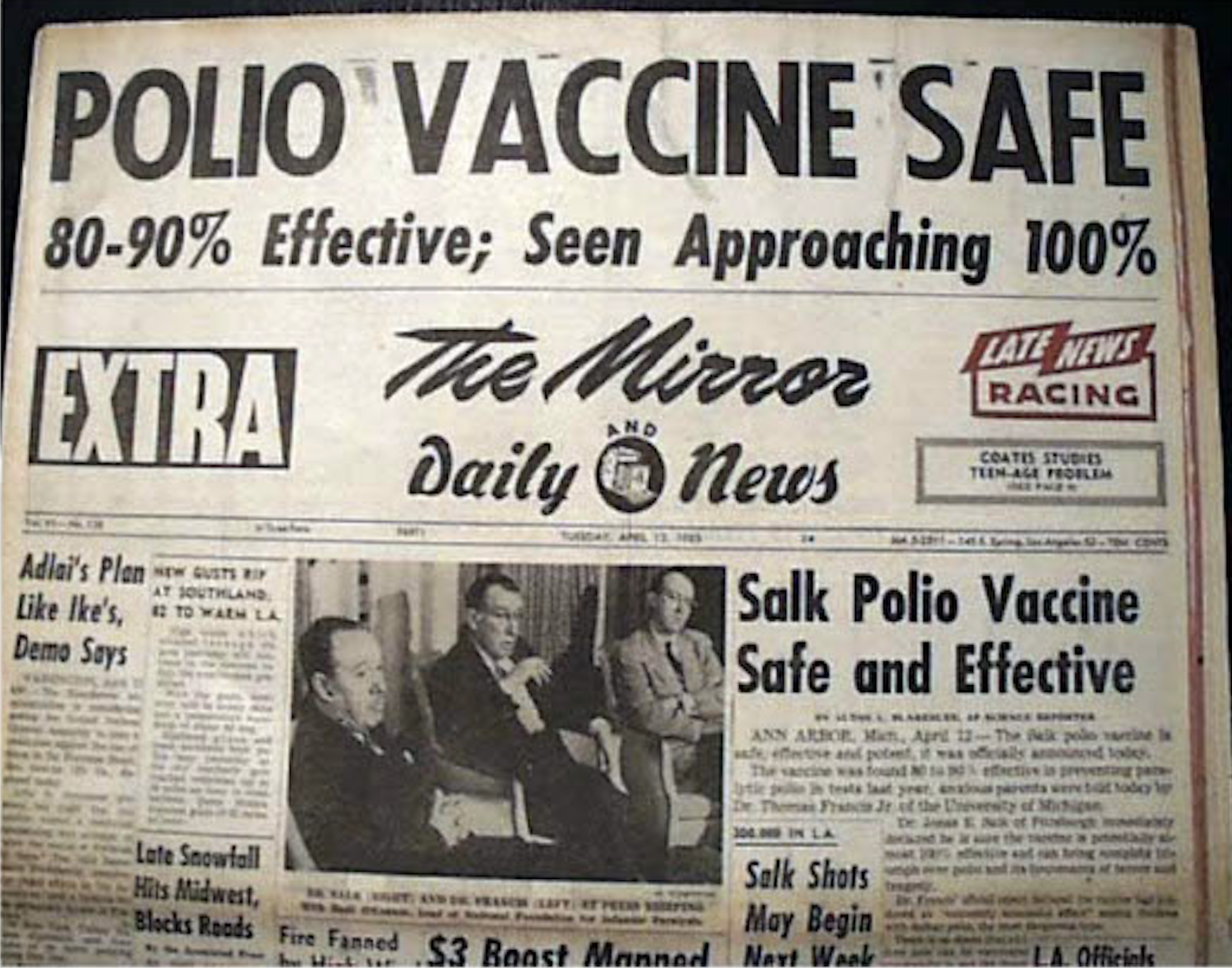
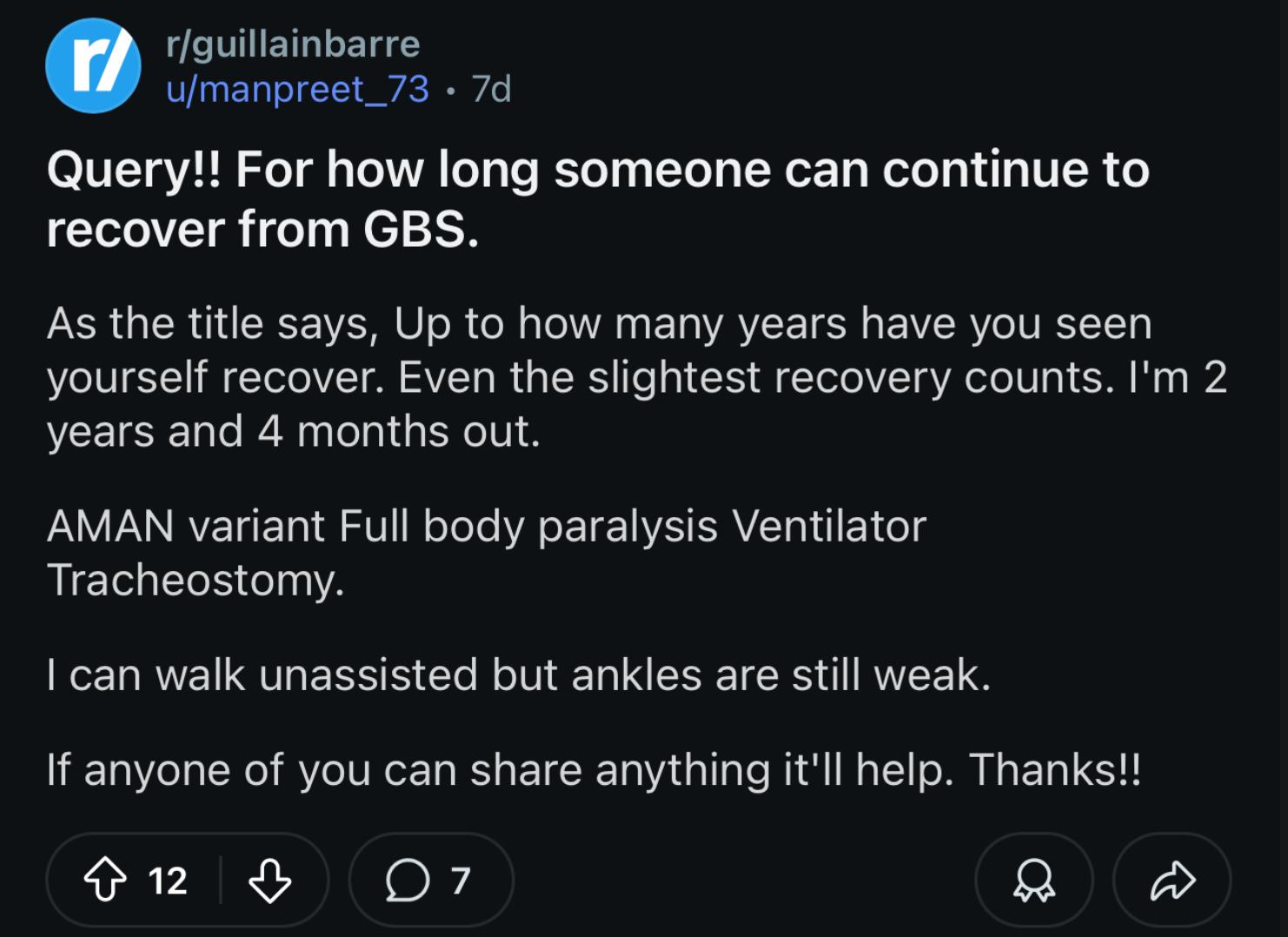
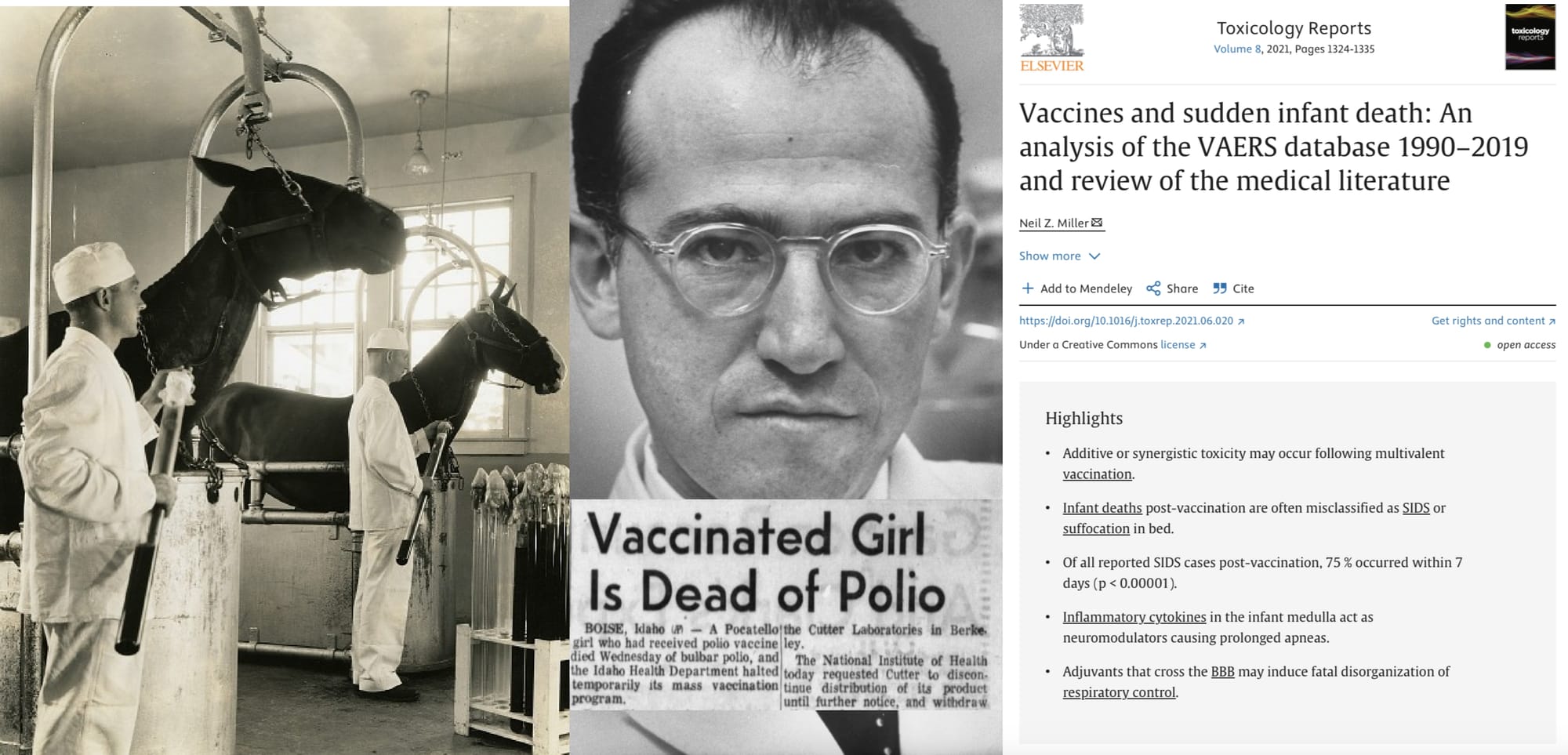



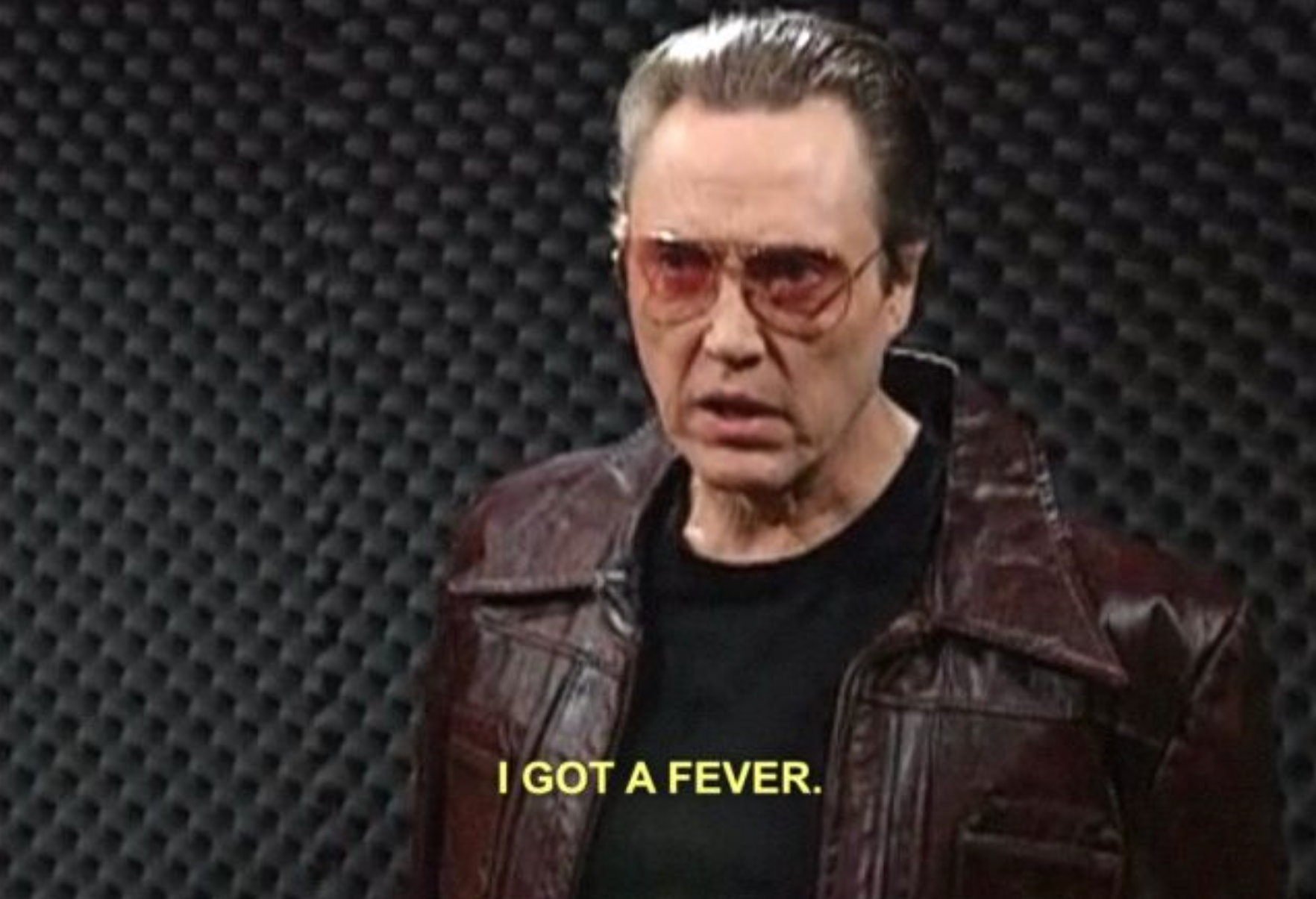
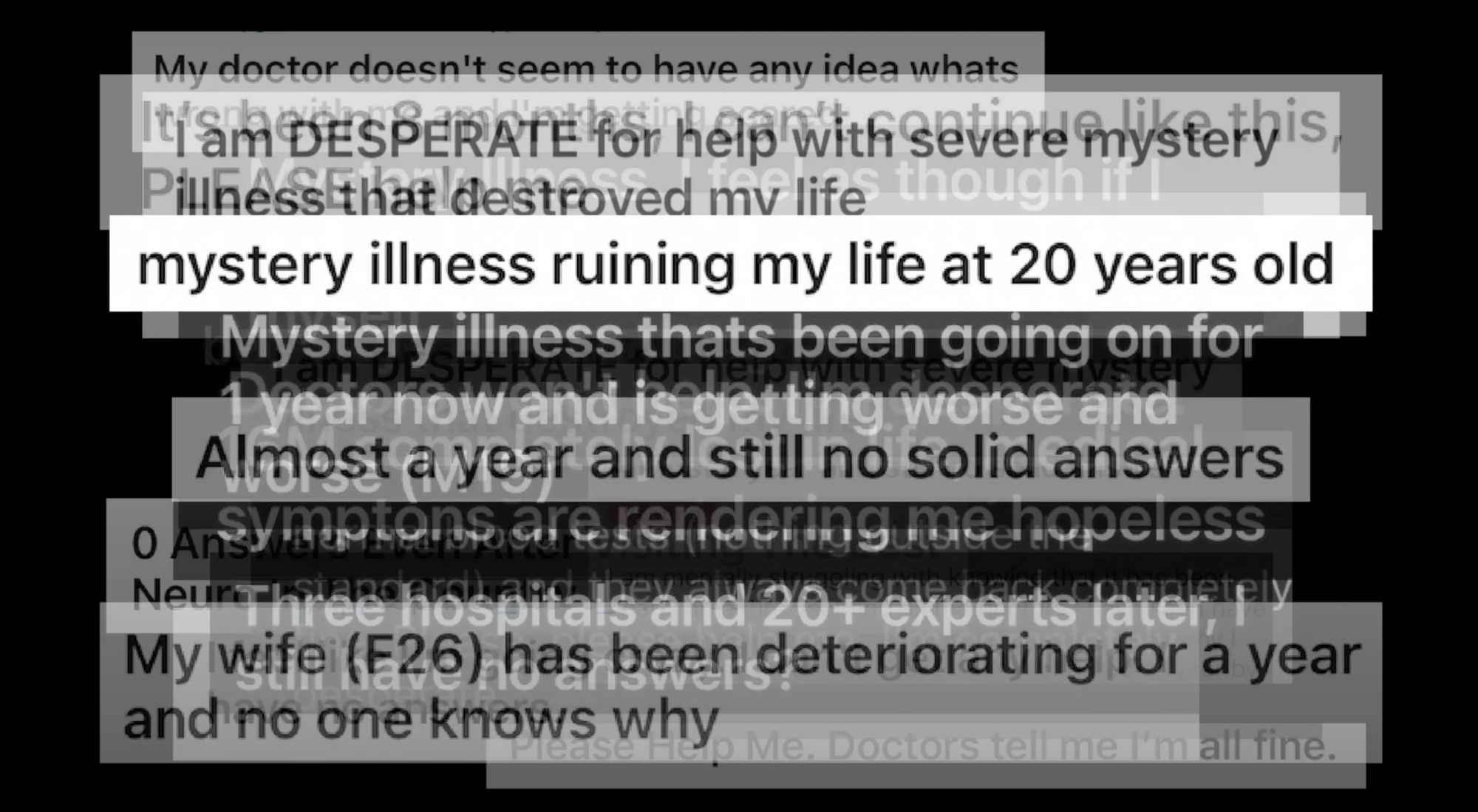
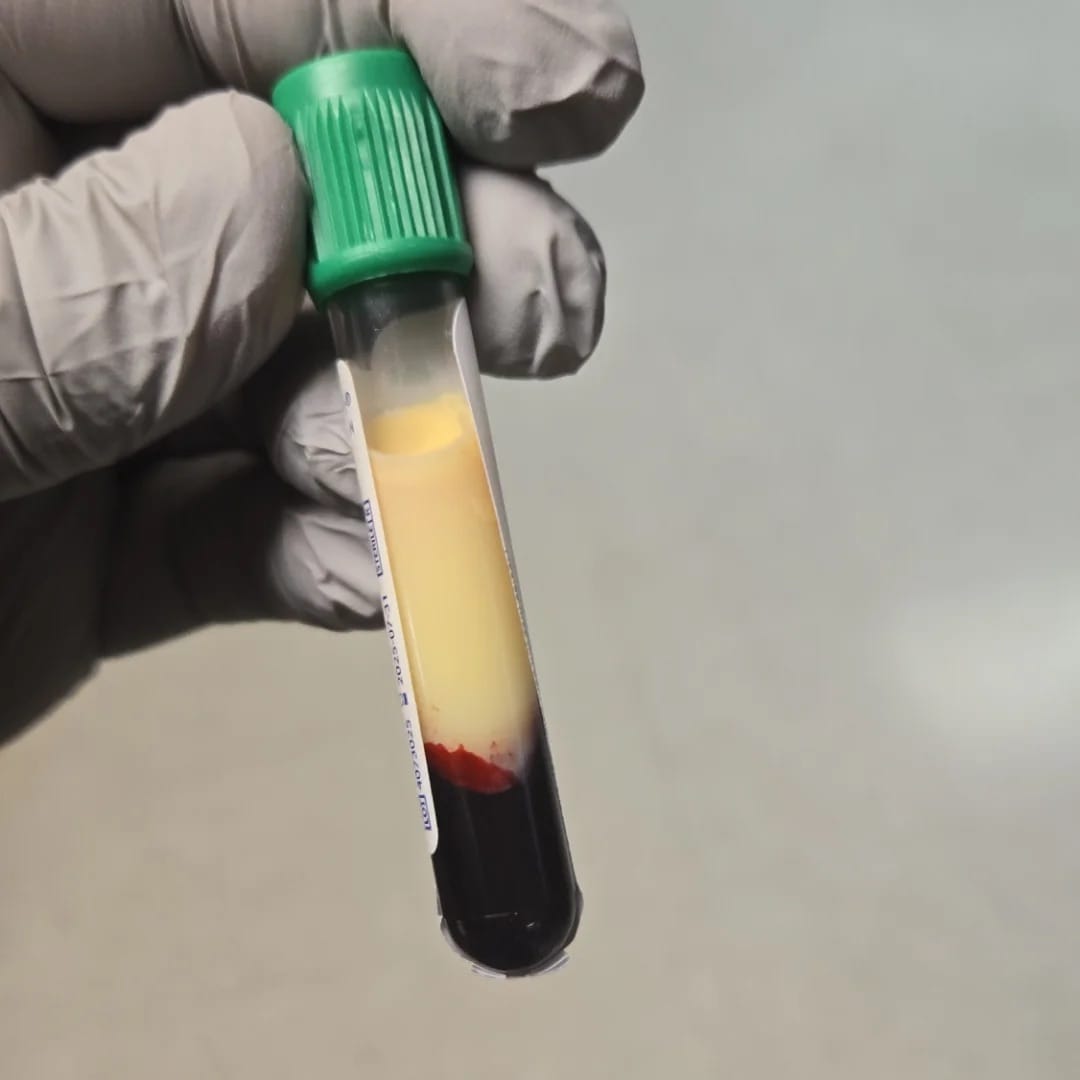
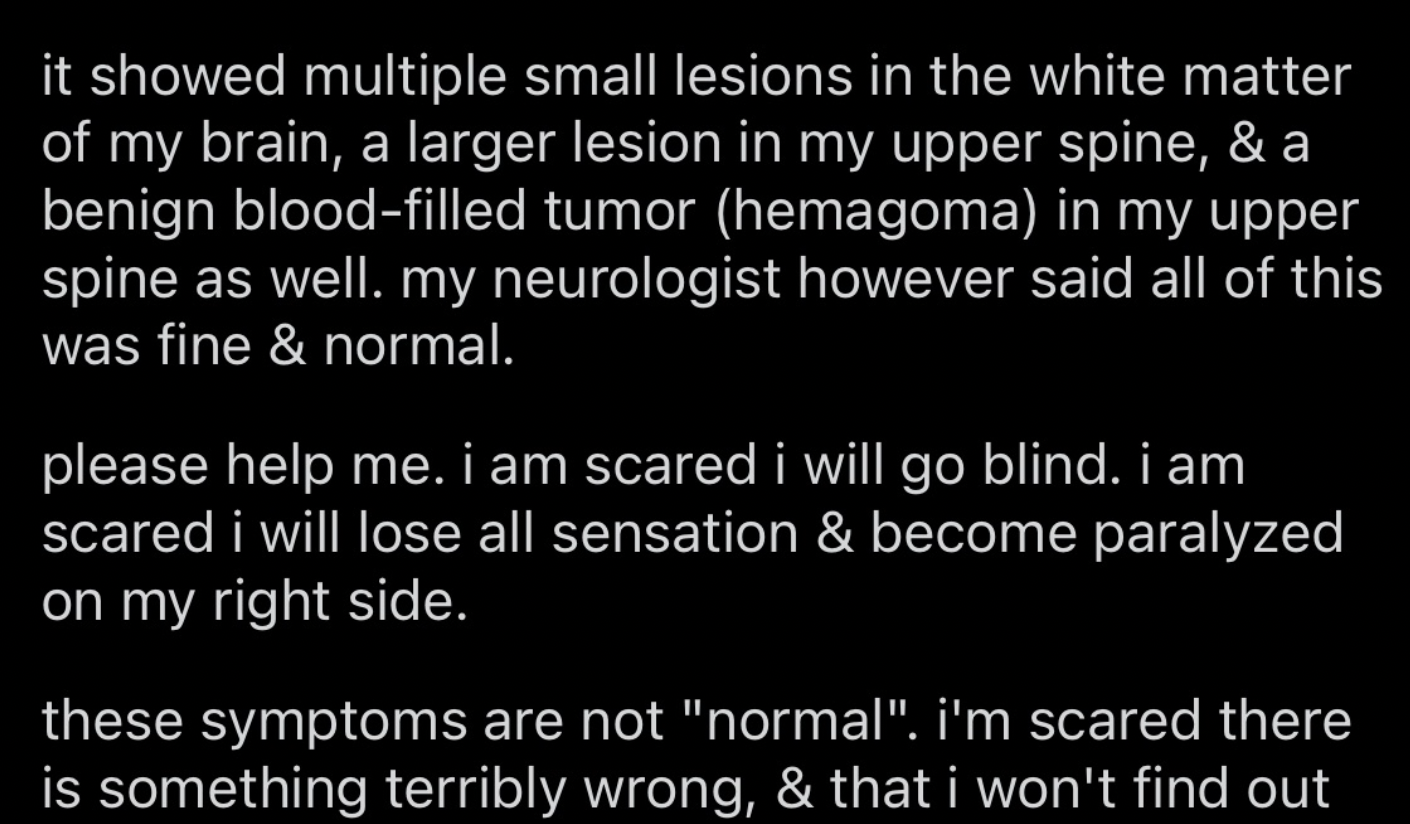
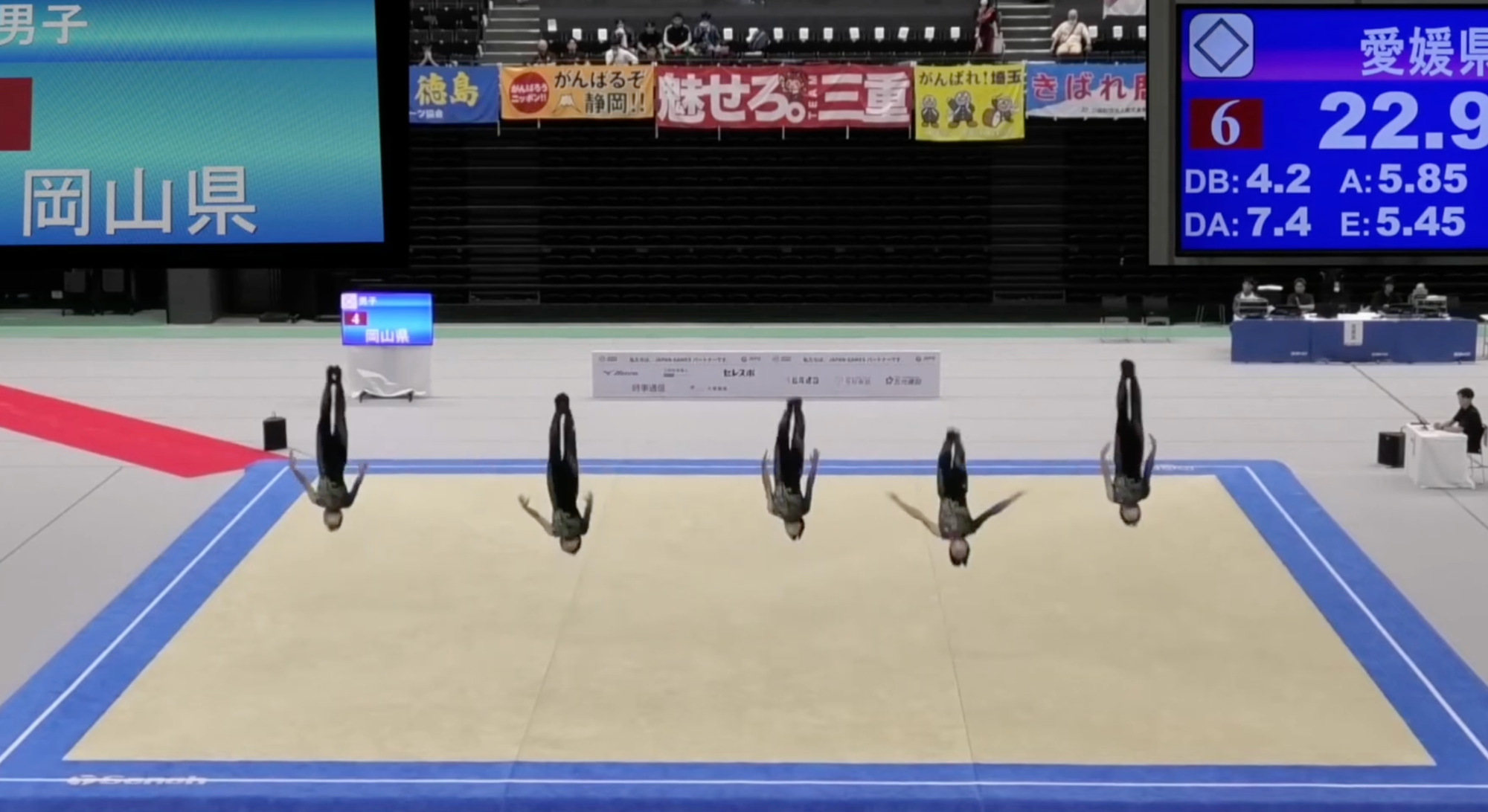
Discussion